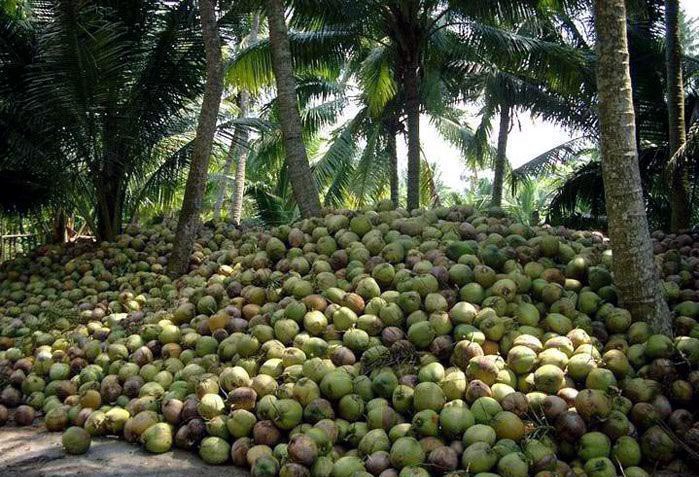The coconut tree is one of the most useful palms in the world, as every part of the tree can be used to make something. For this reason, the coconut tree is named “The Tree of Life”(Gurbuz & Manaros, 2019). In the Philippines, coconut production is very common due to the importance that the coconut tree has in contributing to income for many households. Coconut products are the main exporting agricultural commodity in the Philippines, with coconut oil being the main product that is derived from the crop.
As a result of this, the Philippines is the second largest coconut producing country in the world, with over 3.5 million producers relying on the crop for food and income (Gurbuz & Manaros, 2019), and a further 25 millions working in coconut-based enterprises. Over 90% of farmers are smallholders, meaning that they own 4 hectares or less while many others work on land that they do not own (Batugal et al., 2008). Most coconut farmers live below the poverty line and as a result are subject to a hard life.

Sources:
Gurbuz, I. B., & Manaros, M. (2019). Impact of Coconut Production on the Environment and the Problems Faced By Coconut Producers in Lanao Del Norte Province, Philippines. Scientific Papers-Series Management Economic Engineering in Agriculture and Rural Development, 19(3), 235–246.
Batugal, P., Manohar, E. and George, M.L., 2008. Good Practice for Poverty Reduction in Coconut Growing Communities in the Philippines. REDUCTION, p.181.
